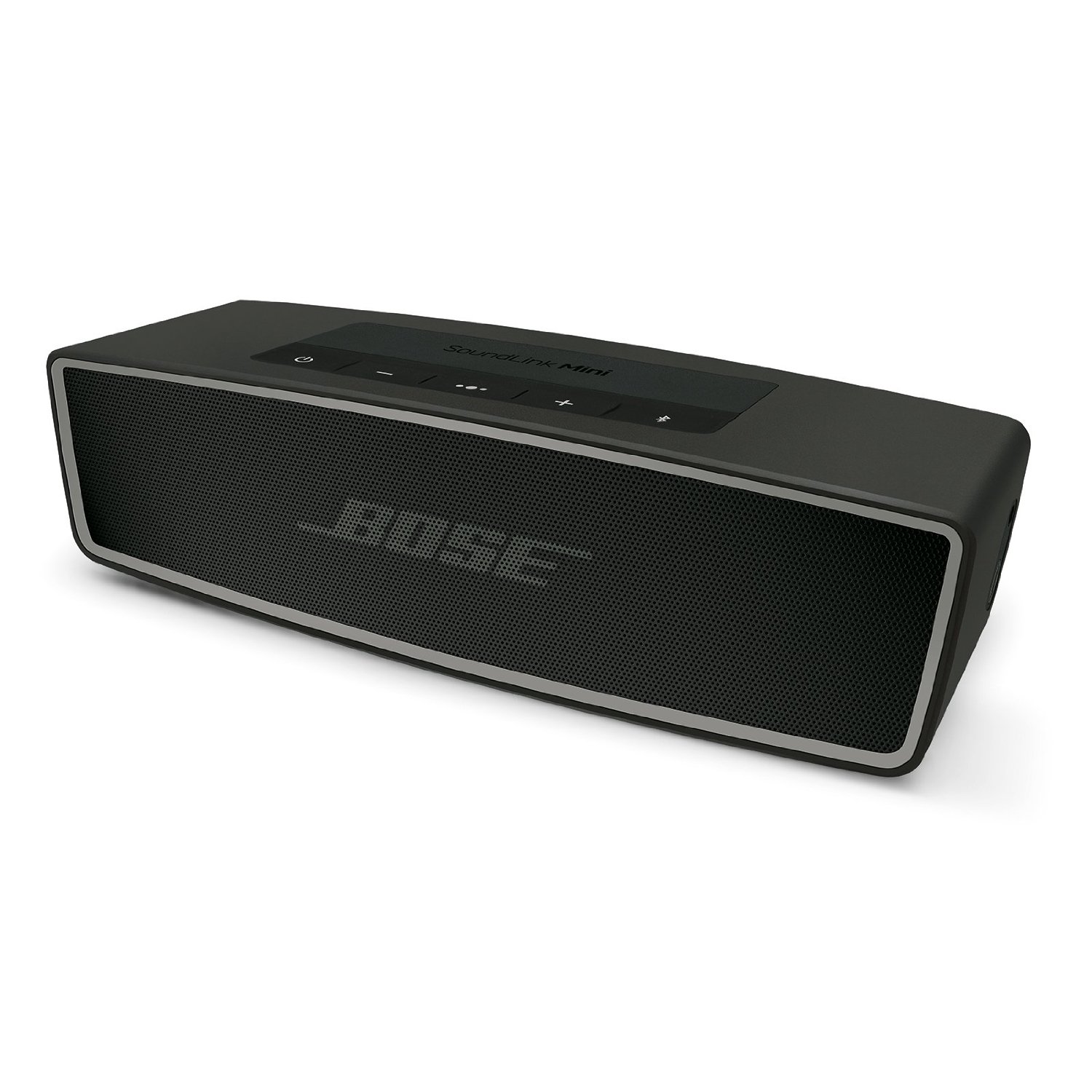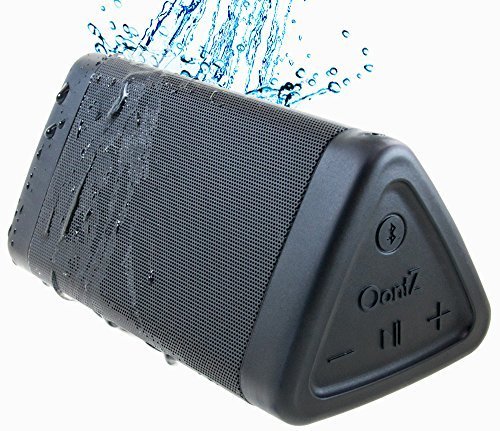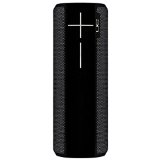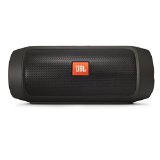Bluetooth Speakers
By Wayne Maruna
Bluetooth
is the name given to a technology that uses radio frequencies to
connect peripheral devices (keyboards, mice, speakers) over a short
distance (no more than 30 to 100 feet). Though BT may occasionally be
found on desktop computers, it is more commonly found on laptops,
tablets, and smart phones, all small battery powered devices which of
necessity are equipped with tiny speakers that neither sound very good
nor produce much volume. Users often want to play their music, videos,
or movies on their mobile devices, and if the user is an audience of
one, ear buds or headphones may suffice. But for sharing with others,
you need speakers. Bluetooth speakers are designed to improve upon the
sound output of such devices and do so wirelessly.
Do a search for Bluetooth (BT) speakers on the Amazon website and you
will wonder if the list of offerings has an end. Apparently every
electronics shop in China produces one.
The
primary characteristics of BT speakers are built-in amplifiers, small
size, light weight, long battery life, and the ability to pair (connect
wirelessly) with other BT devices, Since users want their BT
speakers to be portable, that means small size which for the most part
means compromised sound quality. Most BT speakers are about the
size of a tall-boy beer can or smaller. Most have outstanding battery
life, from 5 to 15 hours of play time between charges. Some
are splash proof and in some cases submersible to a couple of
feet. Hence you see ads where the speakers are on a blanket on
the beach, surrounded by lithe, tanned bodies carousing at the ocean’s
edge while the music plays on. You’ll also see BT speakers advertised
for use at pool parties, picnics, and backyard barbecues, places where
battery powered speakers might be appropriate. Some waterproof
units even come designed with hooks to hang over the showerhead arm,
presumably so you can boogie while you bathe. Me, I’m more
appreciative of a safety grab bar.
Since
these speakers are so small in size, you really need to dial down your
expectations for sound quality. How good and how loud are factors
driving the pricing structure of BT speakers. You can spend less
than $10 for some, but most of the lower end is in the $30 range, and
as you move up to $50, $100, $150, and $200 or more, volume and
accuracy improves. You could spend over $500 for an exotic BT
speaker, though at that price the speakers are growing in size and
losing easy portability. Still even at the $200 price point, you’re not
going to want to trade in your home entertainment system’s speakers on
one of these. There’s a trade-off: portability, battery power, and
built-in amp versus compromised sound quality.

In my introduction to BT speakers, I sampled four different models at
four different price points. At the upper end for most folks was
the very highly regarded $200 Bose Soundlink Mini II. Mind you, my
points of reference were the THX-certified speakers on my desktop
units, which included large subwoofers under the desk. So when I
powered up the Bose and connected my laptop to it, I was underwhelmed
to say the least. This was what you get for $200? Online
reviews talked about how great these sounded for their size and how
much bass they produced. That was surely not the case with my
sample. Clearly my expectations needed to be adjusted for a
speaker that I could wrap one hand around. Back it went to Staples.

Next up was an Oontz Angle 3, a much cheaper ($28) and even smaller (5”
wide) speaker. This got 4 stars out of 5 in online reviews.
Obviously these people were adjusting their expectations for sound
relative to size, something I was failing to do. It was surely
portable, but it sounded like a toy. Back it went to Amazon.

I tried two other speakers, the $150 JBL Charge 2+ and the $180 UE Boom
2, which some reviewers considered the best of the current
offerings. UE (Ultimate Ears) is made by Logitech, and like the
JBL, is a beverage can shaped speaker, about 7” tall and roughly 2.5”
in diameter. While the Boom 2 was more highly rated, I thought it
came in a distant second to the JBL for sound quality.
Since there were so many high ratings for the Bose, I acquired a second
sample, and sure enough that made the difference, perhaps along with
placing it in a different corner of the room. Now I heard some of
the low bass and the smooth vocals people talked about.

One Amazon reviewer compared the JBL Charge 2 with the Bose Soundlink
Mini II, and said to his ears the JBL was fuller and warmer sounding,
and was capable of higher volume. Before I heard the second Bose, I
would have completely concurred. But after hearing the second
one, I’d have to say it’s a tough call and totally dependent on the
individual listener’s ears and musical preferences. For me, the JBL was
fuller, brighter, and louder, while the Bose was somewhat mellower on
vocals and went a bit deeper. Bose does make a better sounding
Bluetooth speaker, its Soundlink III, but it weighs twice as much, is
three times the overall mass, and costs $100 more than its already
expensive sibling. You pay quite a premium to exact semi-decent sound
from a very small speaker.
One other feature
many of these speakers have is the ability to pair with cell phones and
answer incoming calls for a hands-free conversation. Most
reviewers indicate that the speakers work well for this purpose, with
clear incoming and outgoing dialogue.
Choosing ‘the best’ speaker is highly personal, and speaker
placement (preferably against a wall or in a corner) can make a huge
difference in performance. Using an equalizer app can further tailor
the sound to the listener’s liking.
To
explore BT speakers further, find a retailer with a large listening
display, and let your ears and wallet decide what’s best for you.



